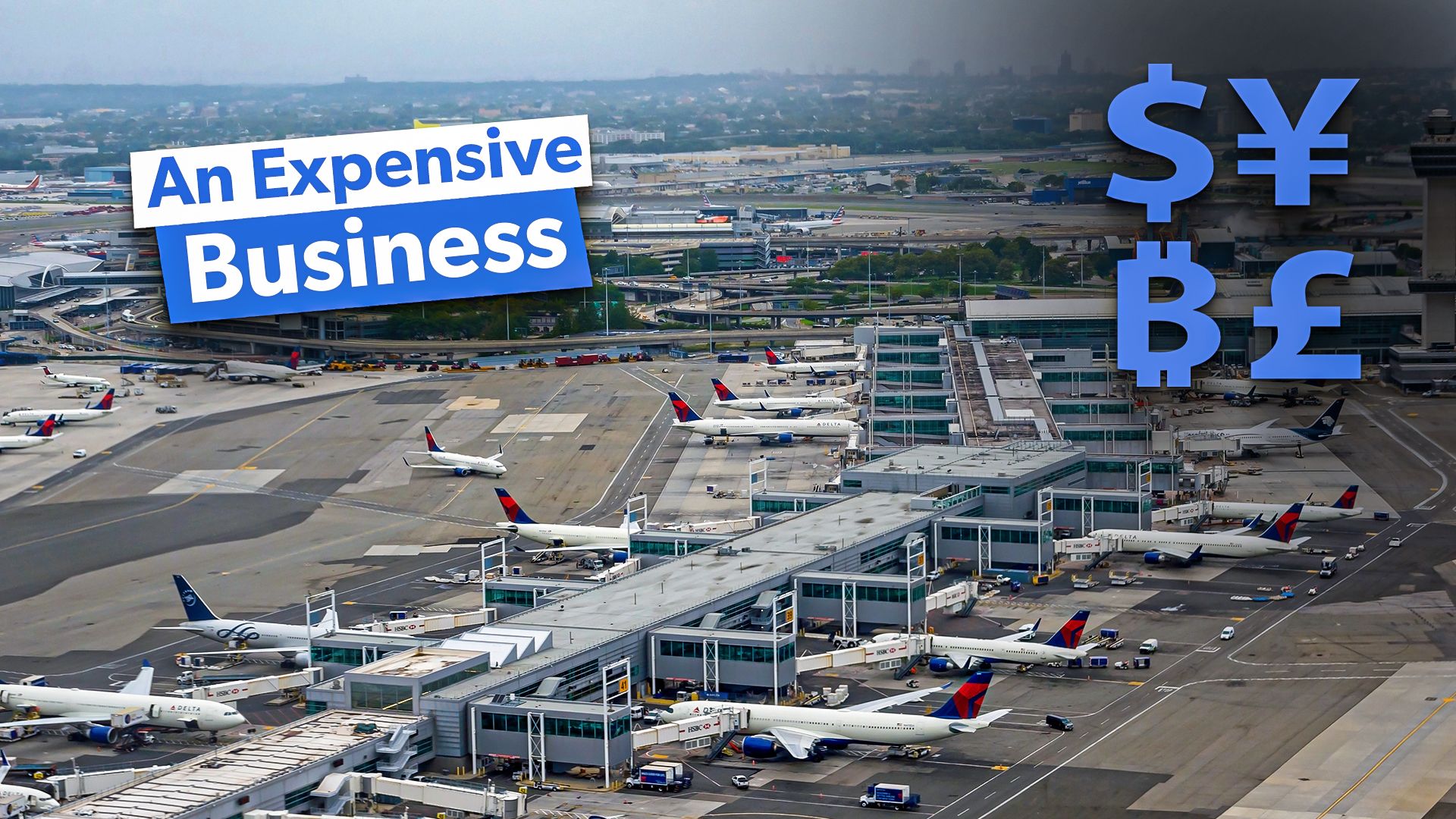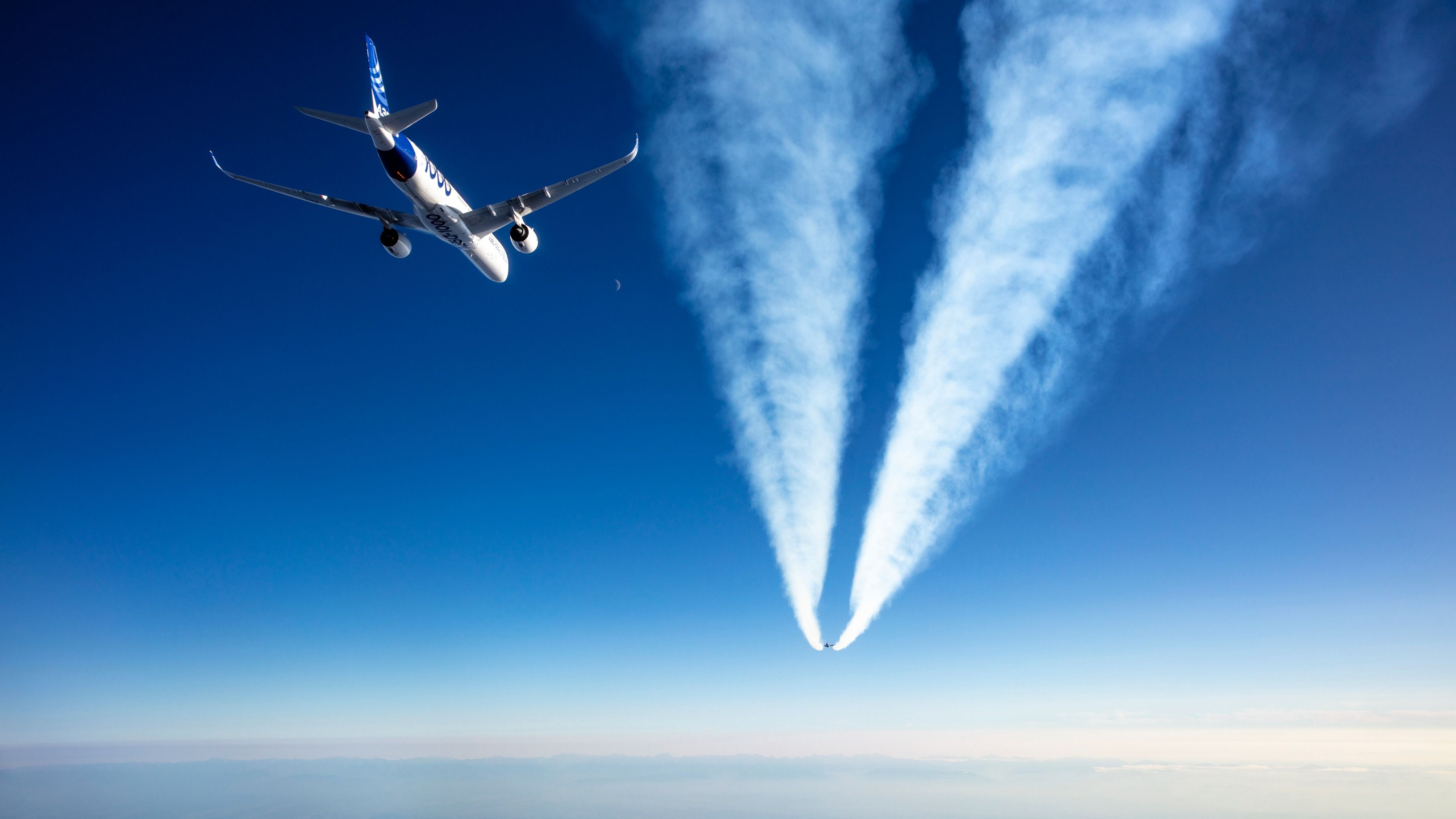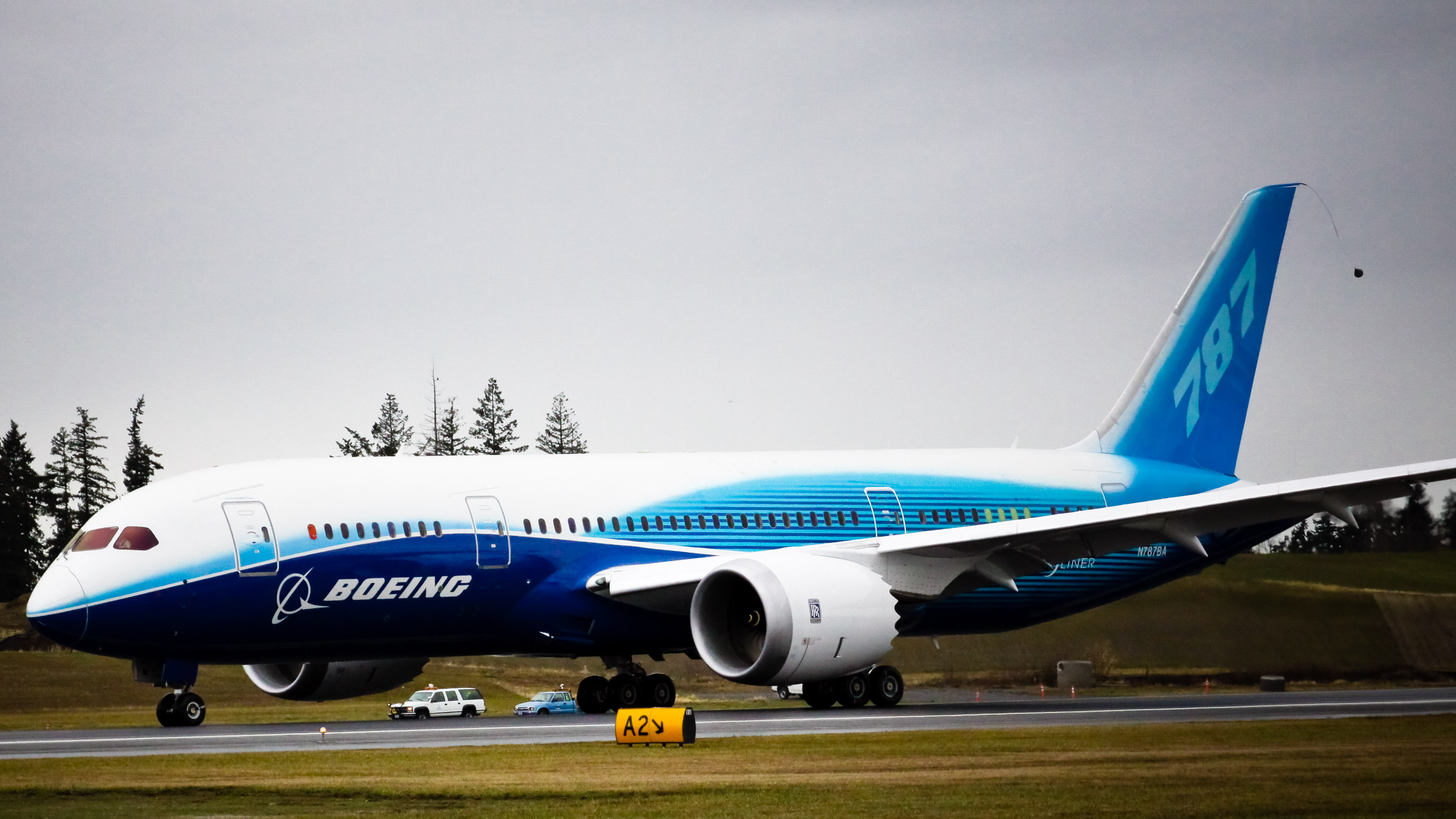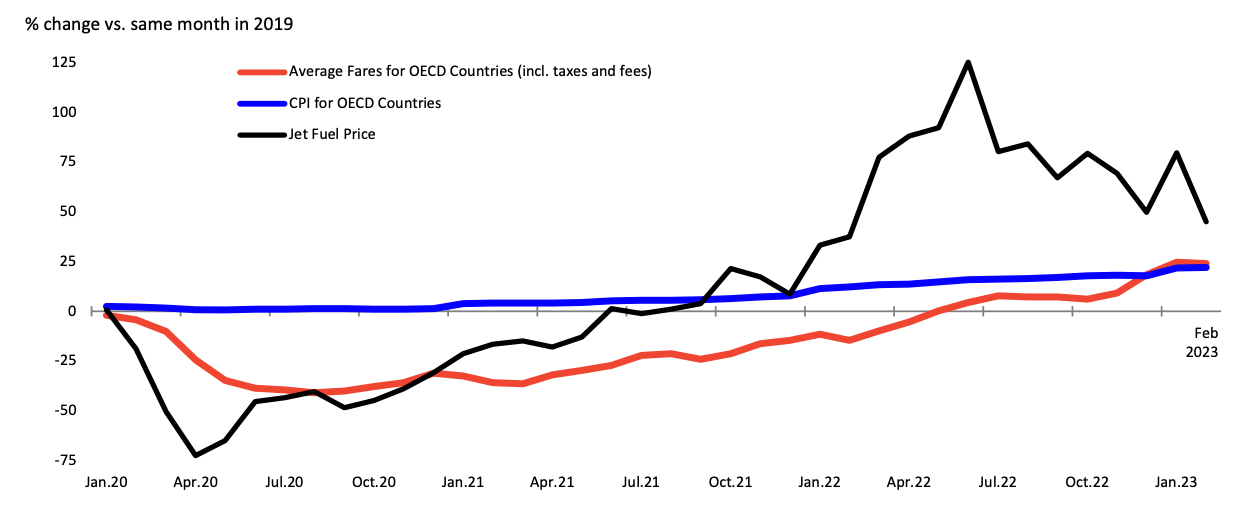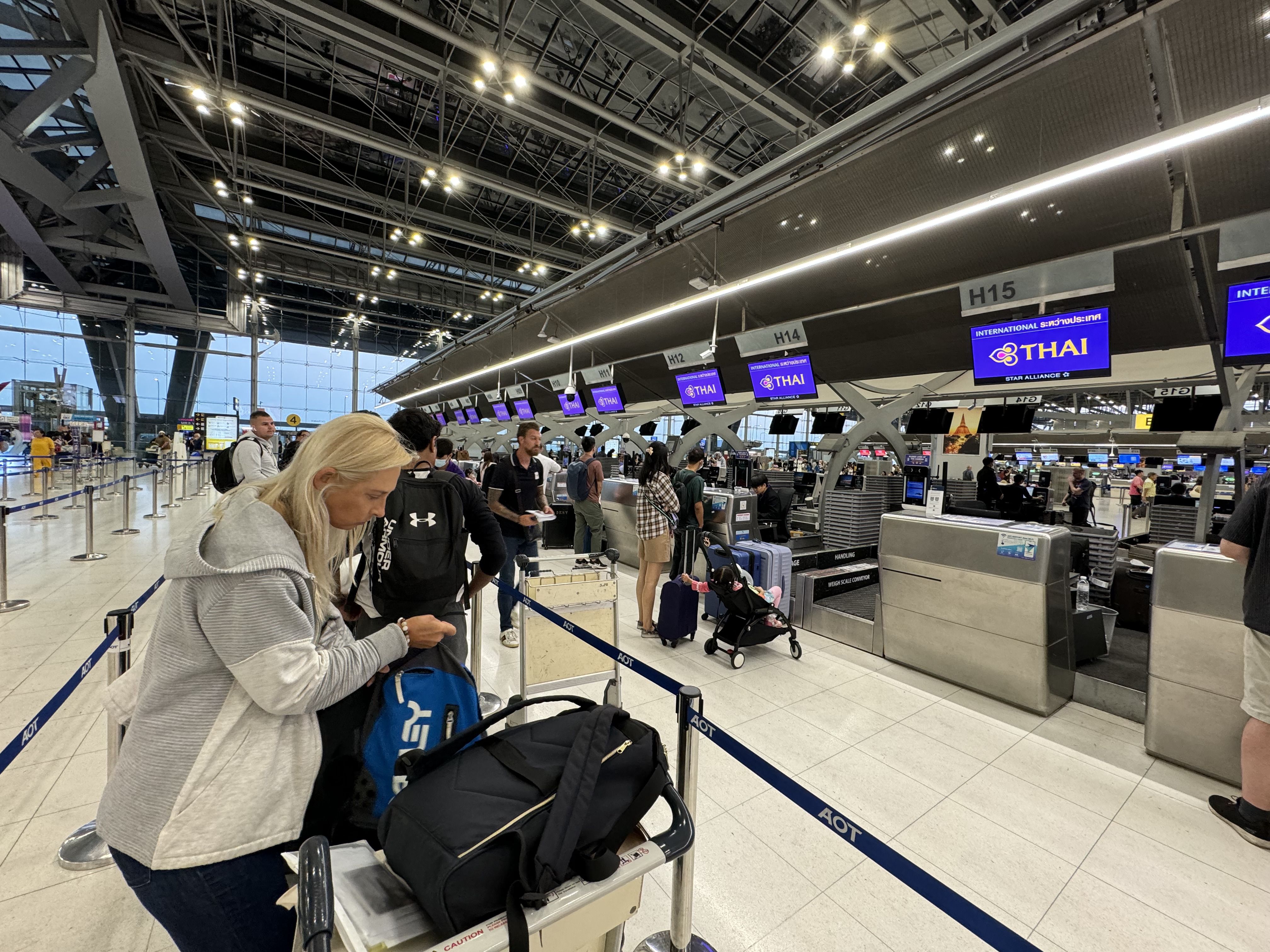Summary
- Avoiding Russian airspace increases flight times by up to 4 hours, consuming more fuel.
- Jet fuel prices have risen by $22 per barrel over four years, driving airfares up.
- Demand for air travel has spiked, but supply chain issues and inflation contribute to rising costs.
There’s a consensus that flying is more expensive than before. Only last year, the Financial Times reported that fares between New York and Singapore were up by 45%. Simple Flying posits that rising airfares might be “the new normal.” Despite passengers doing their best to save money on airfares, their expenses related to flying are increasing each year. Let’s dive deeper into the reasons why this is the case.
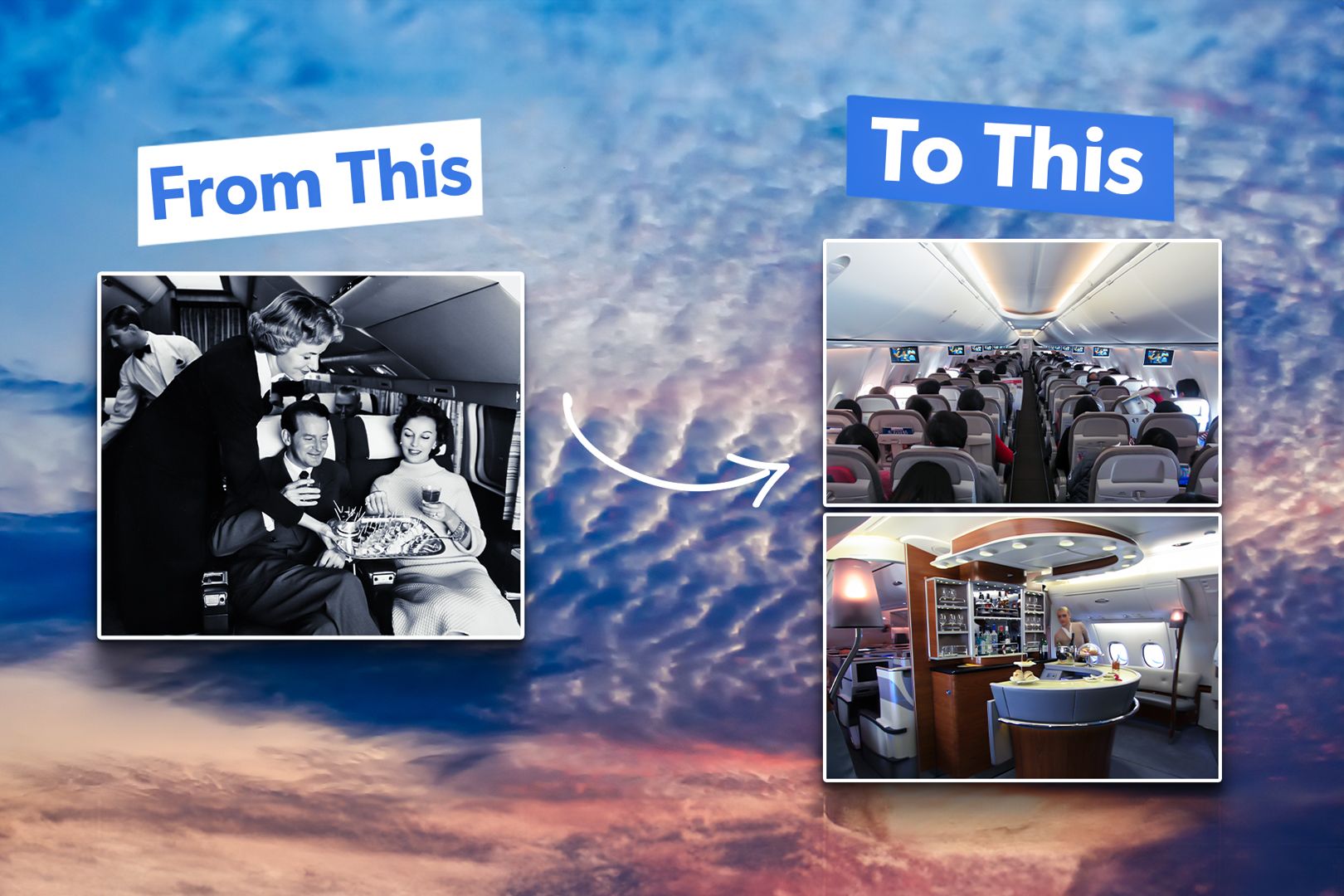
Related
50 Years Of Airfares: The Evolution Of Price And What You Got In 1970 Vs Now
As the aviation industry has changed, so too have the prices.
1
Avoiding Russian Airspace
After avoiding Russian airspace, flight times have increased by as much as four hours.
Russia is a giant of a nation, and so is its airspace. But after this Putin-led country started its war with Ukraine, several airlines avoided the airspace of this nation. This has led to many airlines taking huge detours to reach their destinations. Last year, Simple Flying reported that China’s new US flight allowance was avoiding Russian airspace.
Photo: Airbus
In light of such an event, which impacted the way air travel was made, Flightradar24 reported:
“Instead of heading east through Russia and then south to destinations in Japan, South Korea, China, and elsewhere in Southeast Asia, flights now first travel south to cross via Turkey, Central Asia, China, and Mongolia. Traveling eastbound, this adds approximately one hour of flying time. On the return trip, flights can now take up to three hours longer.”
Adding three to four hours of flight time consumes more fuel than regular operations. Some of the numbers associated with this increase in the number of flight hours and fuel consumption due to the avoidance of Russian airspace include:
2
The increase in jet-fuel prices
Over four years, jet fuel prices have increased as much as $22 per barrel.
An airline’s biggest expense is the salaries it hands out to its workers. The second-largest expense is the price of jet fuel. Jet fuel prices have increased significantly over the years, contributing to soaring airfares. Here are a few numbers that reflect how prices have spiked over time:
Photo: Department of Transportation
Last year, Aaron Bailey, a journalist for Simple Flying, reported about the spike in jet fuel prices with Qantas:
“The Flying Kangaroo has already noted that its fuel bill has already boosted up 30% since this time in May, with overall the bill expected to increase by AU$200 million ($128mn), totaling AU$2.8 billion ($1.8bn) in the six months to December.”
3
There aren’t enough aircraft to meet the demands
Boeing, Airbus, and other manufacturers have been unable to deliver as many aircraft as carriers expect.
It is well-documented that the supply chain strains have been affecting the aviation industry for quite a long time. Carriers can make orders of hundreds of aircraft at once, as exemplified by the order of nearly 500 aircraft by Air India. However, manufacturers have not been able to deliver aircraft on time.
Akbar Al Baker, the CEO of Qatar, talked to to Simple Flying about supply chain issues:
“I am not pleased at all because there is a lot of pressure on the supply chain. I think the COVID pandemic really destroyed the supply chain of all the aircraft manufacturers and I don’t see how this will be coming back to what it used to be before COVID in the foreseeable future.”
Some of the factors that have affected the supply chain in aviation include:
- An unexpected surge in business jets has led to the straining supply of parts, jets, and pilots.
- Supply sources of aerospace materials have been cut off due to the war in Ukraine. This has increased procurement time of materials such as windshields and metals 2-5 times.
- Materials such as aluminum and steel have increased as a result, and there is a shortage of semiconductor chips and plastics.
4
Inflation
The cost of cabs, restaurants, hotels, etc – all of which are connected to flying – has only increased.
Hayley Berg, an economist, said how inflation was driving airfares higher:
“This is putting pressure on the airlines’ costs..It’s affecting everything from the pilots’ salaries to the price of the snacks they hand out on the flights.”
The rate of increase of airfares is outpacing the rate of inflation, though:
Dr. Omar Memon, a journalist for Simple Flying, reported how the air fares have slightly dipped in the last year:
“The last 12 months have shown a considerable decline in travel prices, up to 10% from March 2023 to February 2024. Similarly, airfares have decreased by 6.4% in the US.”
However, the expenses associated with flying aren’t restricted to airfares. Memon reported that the cost of hotels, restaurants, and leisure costs have increased, adding to the cost of flying, despite a slight decrease in airfares:
“Between January 2020 and January 2024, hotel prices are up 17%, car rental is up 16%, restaurant prices are up nearly 26%, and entertainment prices are up 20%. Air travelers may have some good news about the decline in airfares; however, the soaring cost of travel, in general, is surely going to frustrate leisure travelers.”
5
Demands for flying have soared
Demands for passenger traffic and cargo traffic have risen by double-digit figures.
In April this year, the International Air Traffic Association (IATA) published a report showing a rise in the demand for domestic and international passenger travel. Dillon Shah, a journalist for Simple Flying reported:
“ Last February, global passenger demand was up 21.5% compared to the same month in 2023. Capacity (measured in ASKs—Available Seat Kilometers), on the other hand, was up 18.7% compared to February 2023. According to IATA, the average load factor for the month stood at approximately 80.6%. Increases in demand and capacity (ASKs) were more visible internationally, with a rise of 26.3% and 25.5% year-on-year, respectively. Demand rose by 15.0% on the domestic front, while capacity only increased by 9.4%. Therefore, the average load factor performed better on these routes, averaging 82.6 compared to 79.3% on international routes.”
Photo: Vyte Klisauskaite | Simple Flying
Some of the other numbers that represent the increase in demand for flying include:
- A 16.0% increase in international travel demand for North American carriers.
- Demand for global air cargo increased by 11.9% (measured in Cargo Tonnes CTKs – Kilometers)
When the demand for air travel soars, we also see a hike in airfares. This is one of the reasons why airfares are generally higher during peak holiday seasons. As the demand for air traffic has soared, the factors mentioned above, such as inflation, a lack of aircraft to meet the demands of the supply chain, and the increase in jet-fuel prices, have all blended to make flying more expensive than ever.

